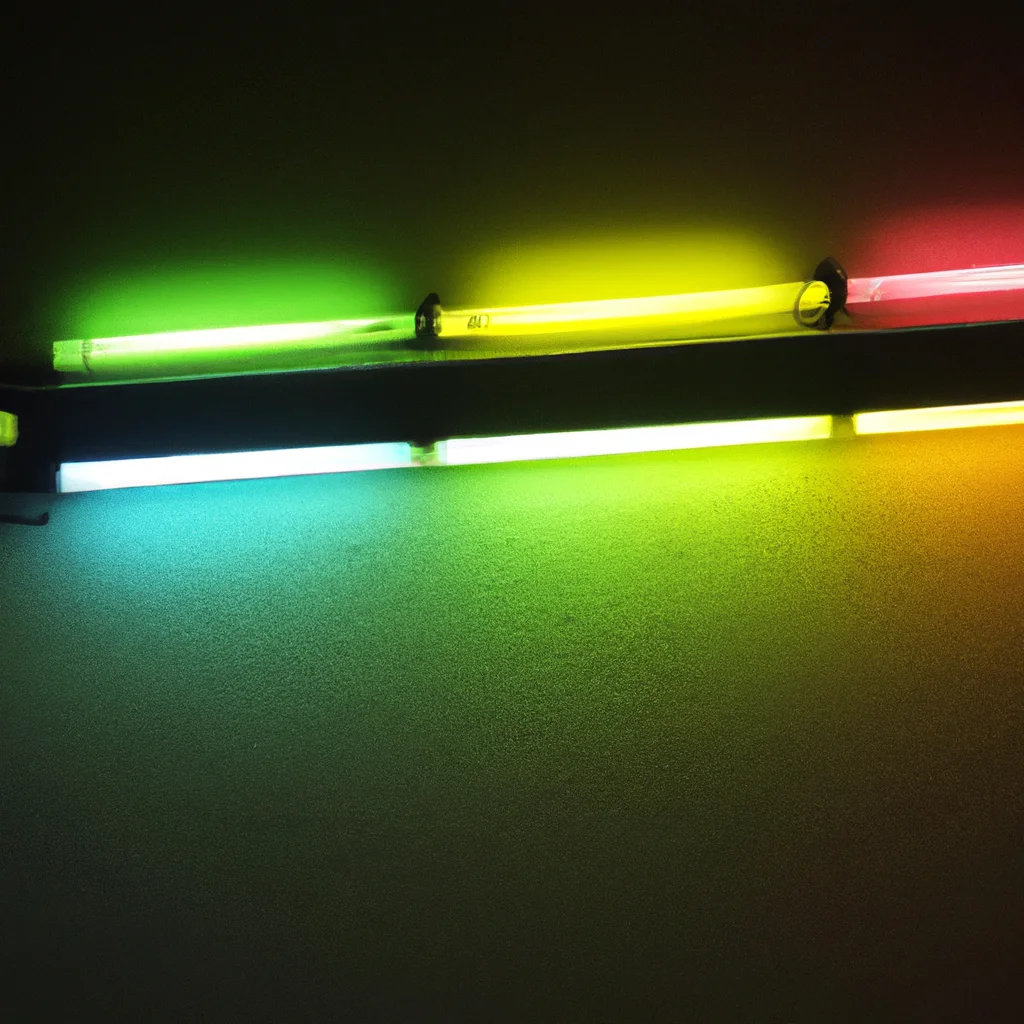How does a neon light work?


How does a neon light work?
A neon light is a type of luminous tube that glows brightly when an electrical discharge passes through it. Neon gas is used to create the beautiful colors that we see in neon lights. These lights are used as signs, advertising displays, and decorative lighting. In this article, we will explore the inner workings of neon lights and how they work.
What is a neon light?
A neon light is a type of gas discharge tube that contains neon gas. The tube is made of glass and is filled with the gas at low pressure. When an electrical discharge is passed through the gas, it glows brightly, producing the characteristic colors of the neon light.
How does a neon light work?
When an electrical discharge is passed through the neon gas in the tube, the gas atoms become excited and emit light. The light that is emitted depends on the energy level of the excited atoms. In neon lights, the light emitted is in the visible range and produces the characteristic bright colors.
The neon gas inside the tube is at low pressure, which means that there are fewer gas atoms present. This allows the excited atoms to travel further before colliding with other atoms and losing their energy. As a result, the light emitted is more intense and brighter than it would be in a gas at a higher pressure.
Components of a neon light
A neon light consists of several components that work together to produce the glowing effect. These components include:
- Gas discharge tube: This is the glass tube that contains the neon gas.
- Electrodes: These are the metal wires that are placed at either end of the gas discharge tube. They are used to apply the electrical current to the neon gas.
- Transformer: A transformer is used to increase the voltage of the electrical current before it is applied to the electrodes.
- Ballast: This is a device that is used to limit the amount of electrical current that flows through the neon light. It prevents the light from burning out too quickly.
Creating the colors in a neon light
The different colors that we see in a neon light are created by using different gases in the tube. Neon gas produces the bright red-orange color that is most commonly associated with neon lights. Other gases, such as argon, krypton, and xenon, can be added to the neon gas to produce different colors.
When different gases are used, they emit light at different wavelengths, which produces different colors. For example, adding argon to neon gas produces a light that is blue in color, while adding helium produces a light that is pink in color.
Conclusion
In conclusion, a neon light is a beautiful and fascinating piece of technology that relies on the principles of gas discharge and electrical current to produce the characteristic colors that we see. The unique properties of neon gas, combined with other gases, make it possible to create a wide range of colors and effects in neon lights, making them popular as signs, advertising displays, and decorative lighting. By understanding how neon lights work, we can appreciate the beauty and complexity of this unique technology.
Recent Posts
How do I create an engaging and informative online quiz or assessment?
Creating an engaging and informative online quiz or assessment can be a powerful tool for… Read More
What are the most effective methods for managing and reducing work-related stress in the hospitality industry?
Work-related stress is a common issue in the hospitality industry, where employees often face long… Read More
How can I improve my assertiveness and communication skills in a leadership position?
In a leadership position, assertiveness and effective communication skills are crucial for success. Being able… Read More
What are the key elements of a successful employee recognition and rewards program?
Employee recognition and rewards programs play a crucial role in motivating and engaging employees, as… Read More
How do I effectively manage and respond to customer feedback and reviews?
Customer feedback and online reviews play a crucial role in shaping a company's reputation and… Read More
What are the best strategies for effective time management as a stay-at-home parent?
Effective time management is crucial for stay-at-home parents who juggle multiple responsibilities on a daily… Read More